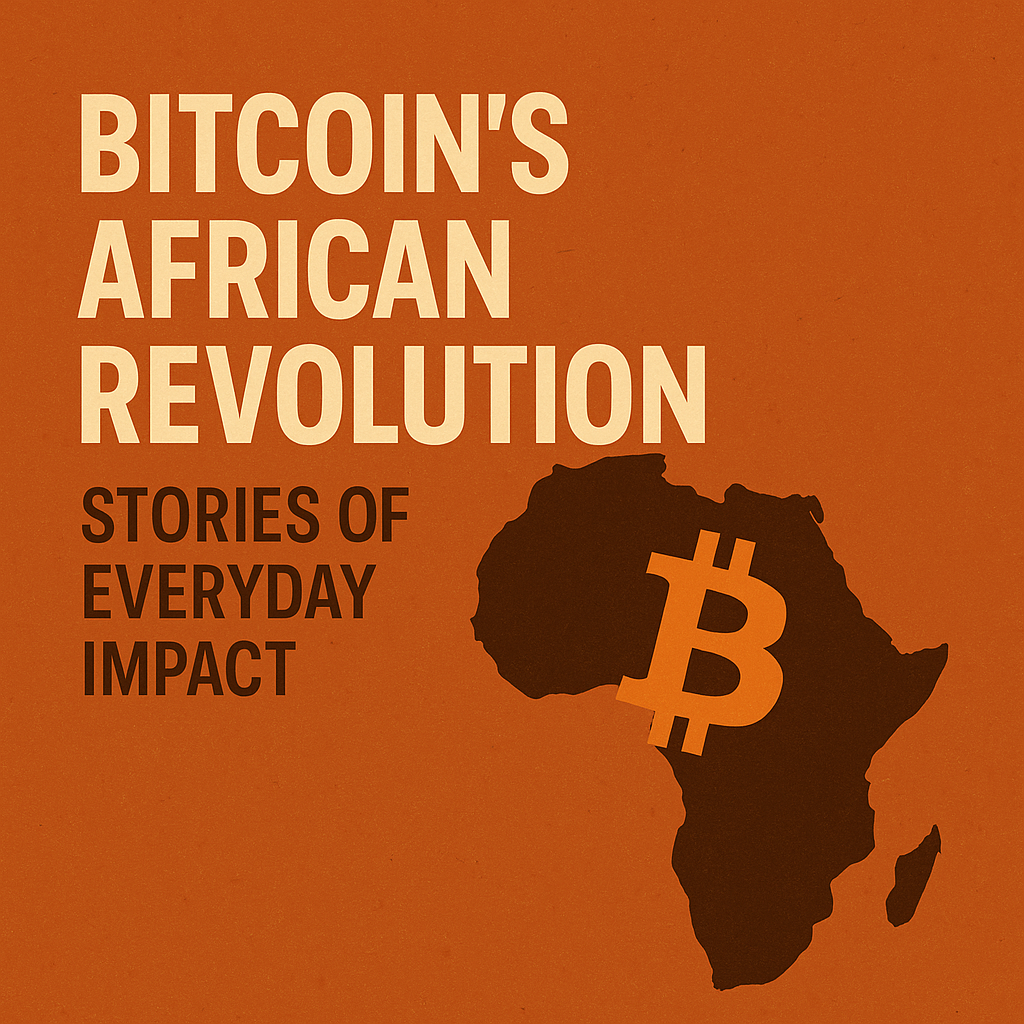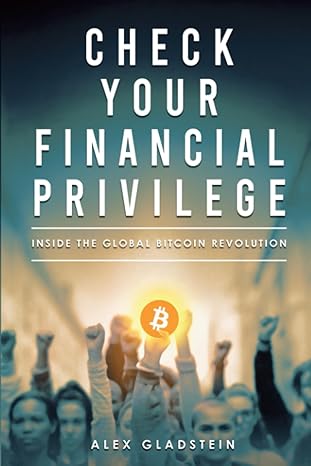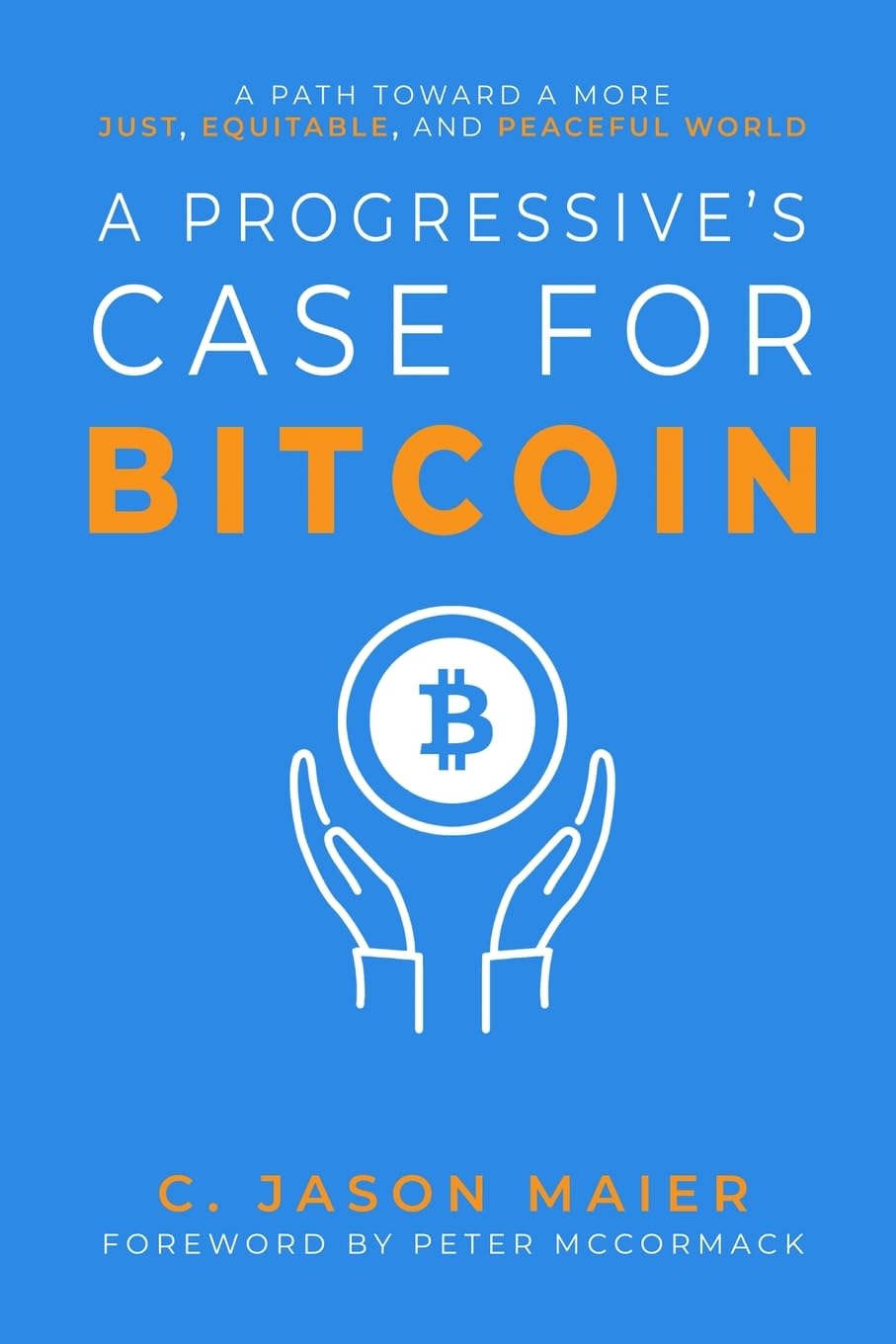HUMAN RIGHTS CASE
BITCOIN
BITCOIN IN
HUMAN RIGHTS
This page offers a collection of resources exploring how Bitcoin empowers individuals in oppressive regimes, protects against financial censorship, and supports the fight for human rights globally.

“Bitcoin gives people a way to opt out of financial oppression and censorship.”
- Alex Gladstein

“Bitcoin gives people a way to opt out of financial oppression and censorship.”
- Alex Gladstein
Featured

The Real Liquidity Engine Behind Bitcoin Section 4
Section 4: Bitcoin as the Global Liquidity Sensor
Over the past three sections, we’ve traced the plumbing of global liquidity—from offshore dollar credit, to the rise of synthetic eurodollars (stablecoins), to the Federal Reserve’s central role in managing global flows.
Now we arrive at the convergence point: Bitcoin.
Bitcoin is not merely a speculative asset reacting to liquidity; it has become a real-time signal of it. Like a canary in the coal mine, Bitcoin moves first—detecting the expansion or contraction of dollar liquidity before it shows up in traditional indicators. This section explains why Bitcoin behaves as the world’s most sensitive liquidity sensor and what that means for the future of money.
1. Bitcoin’s Liquidity Reflex
Bitcoin’s market structure is uniquely responsive to shifts in dollar availability. It trades 24 hours a day, across every timezone, in every currency, on thousands of platforms. There are no capital controls, circuit breakers, or settlement lags.
When global liquidity expands—through lower real yields, increased credit growth, or Fed balance-sheet expansion—capital seeks higher returns. Bitcoin, as a permissionless and globally liquid asset, becomes an immediate beneficiary. Conversely, when liquidity tightens, margin calls ripple through leveraged positions, forcing liquidation.
Lyn Alden calls Bitcoin a “high-beta monetary asset”—one that magnifies the direction of liquidity flows rather than resisting them (Alden, 2022) [1]. Because it lacks intrinsic cash flows or national anchors, its price reflects the pure interaction of liquidity and risk appetite.
2. Real-Time Price Discovery in a Fractured System
Traditional liquidity indicators—such as global M2, Treasury yields, or cross-currency basis swaps—are published monthly or quarterly. Bitcoin, by contrast, offers minute-by-minute data on global risk tolerance.
Empirical studies show that Bitcoin often leads equity and credit markets during liquidity inflections. When the Fed or PBOC injects reserves, Bitcoin tends to react within days, whereas conventional markets may take weeks (Wu & Yang, 2023) [2].
This responsiveness comes from Bitcoin’s structure: it is borderless, bearer-settled, and fully digital. When liquidity surges in Korea, Singapore, or Europe, that capital can flow into BTC instantly, without intermediaries. No other global asset has such frictionless access.
The result is that Bitcoin now behaves as a synthetic index of marginal liquidity—a distilled reflection of the world’s collective risk appetite (Coinbase Institutional Research, 2023) [3].
3. Correlation With Global M2 and Dollar Liquidity
Quantitatively, Bitcoin’s relationship with global M2—the broad money supply across major economies—is striking.
A 2023 CrossBorder Capital study found that changes in global M2 explain over 60 percent of Bitcoin’s price variance over rolling twelve-month windows (CrossBorder Capital, 2023) [4]. The correlation tightened notably after 2018, as institutional trading and stablecoin liquidity integrated crypto markets with offshore dollar flows.
When the Fed’s balance sheet expanded by $4.5 trillion during 2020–2021, Bitcoin’s market capitalization grew by a similar magnitude—rising from $150 billion to $1.2 trillion. When quantitative tightening began in 2022, both reversed.
This linkage confirms that Bitcoin is not yet “decoupled” from fiat liquidity. Instead, it acts as a magnifier—rising faster during expansions, falling harder during contractions.
4. Bitcoin’s Role in the Global Risk Hierarchy
In traditional finance, assets occupy tiers of the collateral hierarchy.
U.S. Treasuries sit at the top—“risk-free” and accepted everywhere.
Investment-grade corporate debt follows.
Equities and real assets sit lower, reflecting higher volatility and liquidity risk.
Bitcoin, despite its volatility, has begun carving out a new category: trust-free collateral. Unlike Treasuries, it carries no counterparty or maturity risk. Unlike gold, it settles in minutes. And unlike stablecoins, it does not rely on off-chain promises.
Large institutions are beginning to experiment with using Bitcoin as pledged collateral for loans, repo-style agreements, and derivatives margin (Galaxy Digital Research, 2024) [5]. These early use cases signal that Bitcoin’s role may evolve from liquidity barometer to liquidity instrument.
If Treasuries underpin the old trust-based system, Bitcoin may underpin the next—where proof replaces promise, and verification replaces belief.
5. The Emerging “Bitcoin Beta”
Because Bitcoin reacts so strongly to liquidity, analysts now refer to its liquidity beta—its sensitivity to marginal changes in global credit conditions.
When the Fed expands reserves by 1 percent, global risk assets typically rise 0.3–0.5 percent on average. Bitcoin’s response, by contrast, has historically exceeded 2 percent (Glassnode Analytics, 2024) [6].
This outsized elasticity makes Bitcoin both a leading indicator and a volatility amplifier. For macro traders, it’s the fastest way to observe shifts in liquidity before they manifest elsewhere. For long-term holders, it highlights the importance of zooming out: short-term price swings are less about network fundamentals and more about the oscillation of global credit.
6. Why Bitcoin Leads Turning Points
Bitcoin often turns before other markets because of its reflexivity.
In traditional markets, liquidity flows through intermediaries—banks, dealers, funds—each introducing friction and delay. In Bitcoin, those intermediaries barely exist.
When global liquidity loosens, traders increase leverage almost instantly through derivatives and stablecoins. When it tightens, liquidations cascade just as fast. This reflexive behavior makes Bitcoin an early warning system for macro shifts.
The March 2020 crash illustrated this perfectly. As global funding markets froze, Bitcoin collapsed 50 percent days before the S&P 500’s steepest drawdown. When the Fed opened swap lines and QE restarted, Bitcoin rebounded first—foreshadowing the broader market recovery (McCauley & Sushko, 2021) [7].
7. Implications for Investors and Policymakers
Understanding Bitcoin as a liquidity sensor reframes its significance: it’s not just “digital gold” or “tech speculation.” It’s a real-time feedback loop within the global financial system.
For investors, monitoring Bitcoin’s momentum offers clues about the direction of liquidity. A rising Bitcoin price often signals easing conditions ahead; a prolonged slump may hint at tightening credit even before official data confirms it (Rey, 2016) [8].
For policymakers, Bitcoin serves as a stress-test of the dollar system’s elasticity. When offshore credit strains appear, Bitcoin reacts within hours—sometimes faster than bond spreads or FX swaps. Ignoring it risks missing the most transparent liquidity indicator ever created.
8. Toward a Proof-Based Monetary Future
If the 20th century was defined by trust-based money—where value depended on promises from issuers—the 21st century may be defined by proof-based money, where value is rooted in transparency and mathematical scarcity.
Bitcoin’s neutrality, verifiability, and censorship resistance make it uniquely suited to operate as an independent layer of global liquidity. It cannot print itself into existence, manipulate yields, or bail out debtors. It simply exists, auditable by anyone, everywhere, all the time.
In this sense, Bitcoin is both a product of and a response to the global liquidity machine. It emerged from the ashes of 2008 as a protocol immune to central-bank discretion. Yet its price still reflects that discretion’s reach. Over time, as adoption deepens and the Bitcoin economy grows, the direction of causality may reverse: liquidity cycles could increasingly respond to Bitcoin rather than the other way around.
That evolution—from indicator to anchor—is how Bitcoin transitions from being the world’s liquidity sensor to becoming the world’s liquidity standard.
Shout-out
For more in-depth macro and Bitcoin analysis, visit BullishBTC.com.
References (APA 7th Edition)
Alden, L. (2022). Bitcoin: A global liquidity barometer. LynAlden.com. https://www.lynalden.com/bitcoin-a-global-liquidity-barometer
Wu, D., & Yang, L. (2023). Crypto markets and global liquidity transmission. Journal of International Money and Finance, 139, 102856. https://doi.org/10.1016/j.jimonfin.2023.102856
Coinbase Institutional Research. (2023). Bitcoin at a macro crossroads: Liquidity and risk cycles. https://www.coinbase.com/institutional/research-insights/research/market-intelligence/bitcoin-liquidity-and-macro-crossroads
CrossBorder Capital. (2023). Global liquidity review 2023: Flows, cycles, and signals. London Research Series No. 47. https://crossbordercapital.com/reports
Galaxy Digital Research. (2024). Institutional crypto collateral and repo markets: Early developments. https://www.galaxy.com/research
Glassnode Analytics. (2024). Liquidity beta in digital assets. On-chain Insights Report, April 2024. https://glassnode.com/reports
McCauley, R. N., & Sushko, V. (2021). Dollar funding of non-US banks through COVID-19. BIS Quarterly Review (September 2021). https://www.bis.org/publ/qtrpdf/r_qt2109b.pdf
Rey, H. (2016). International channels of transmission of monetary policy and the global financial cycle. Annual Economic Review, 106(1), 61–77. https://doi.org/10.1257/aer.p20161042
Introducing Soluna’s Project Dorothy: A Wind-Powered Data Center in Texas
Bitcoin's Energy Consumption and its Environmental Impact
Bitcoin Mining: Separating Fact from Fiction
How Bitcoin Can Expand the Grid in Africa with Erik Hersman
Turning Garbage into Bitcoin with Adam Wright
Builders + Innovators Summit 2021: Crusoe Energy
How Bitcoin Can Expand the Grid in Africa with Erik Hersman
Turning Garbage into Bitcoin with Adam Wright
OUR GOAL
Our goal is to educate others on the value of owning Bitcoin from both a financial and humanitarian perspective.
QUICK LINKS
© 2025, BullishBTC. All rights reserved.







